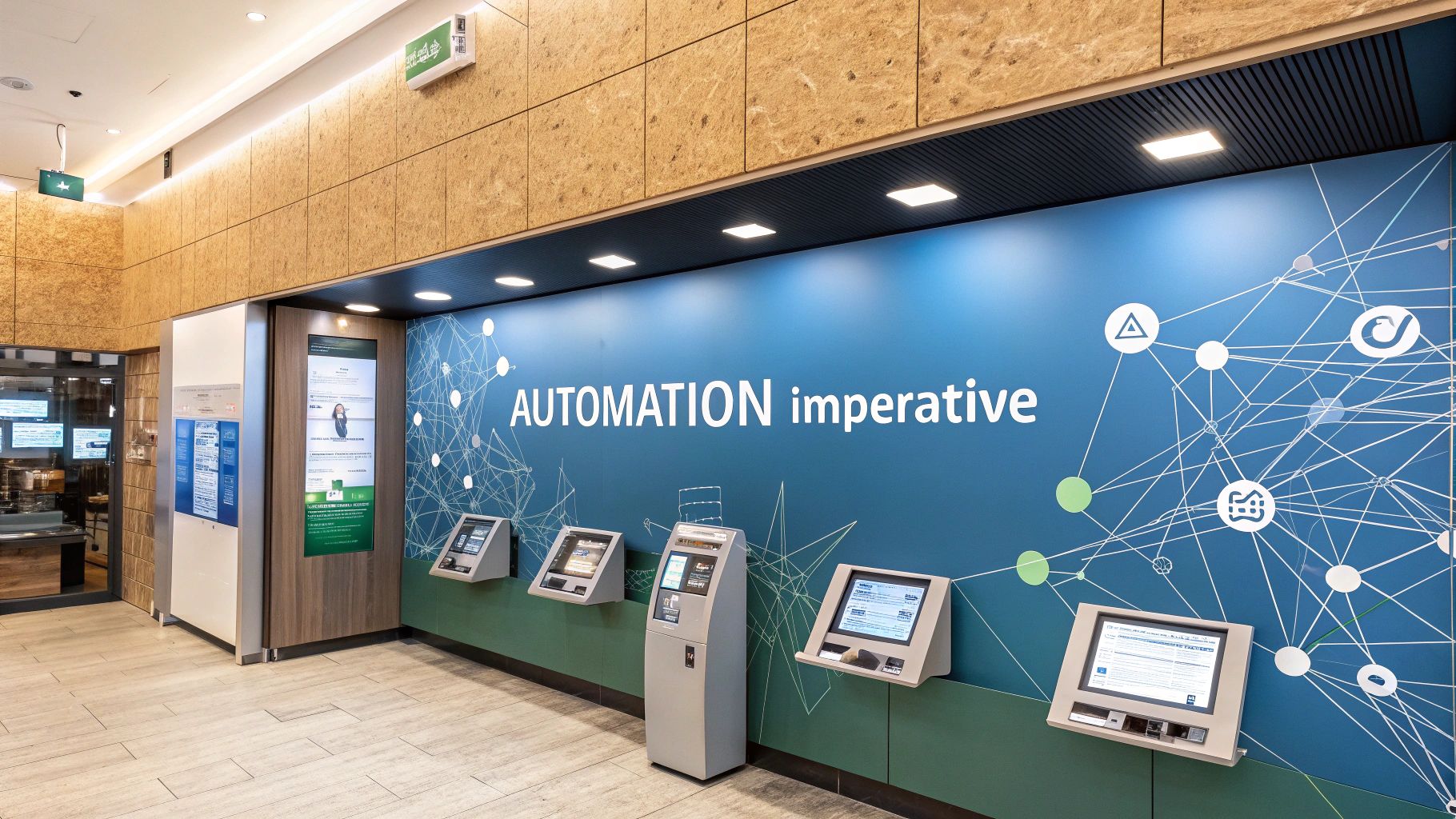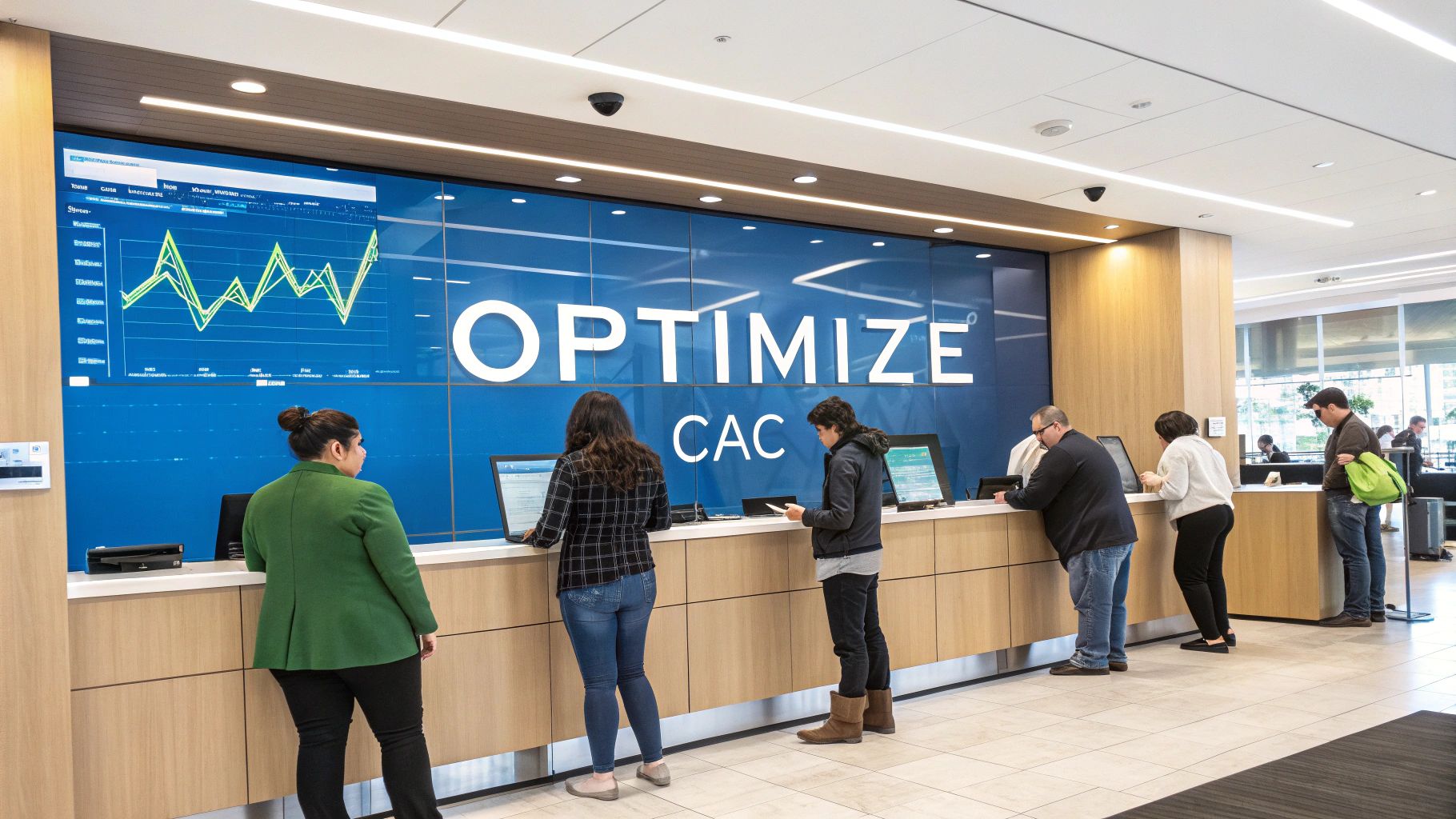
Virtually every dollar moves through these systems and they keep our economy running…
So, here's the scoop: Banks rely on a software called the 'core system' to keep track of borrowers and depositors.
Think of it as the banking world's very own superhero! 🦸♀️
There are tons of core systems out there, with about 25 big players dominating the market.
The core system acts as the banking equivalent of an ERP system in the manufacturing industry.
At its core, it's like a Banking ERP . It begins with a General Ledger using the double-entry accounting method…
...courtesy of our Dutch friends!
Expanding things a bit, the core system also consists of two key sub-ledgers:
the deposit sub-ledger
and the loan sub-ledger.
These sub-ledgers are the heart and soul of the core system. 📈
Let's break it down further:
When a loan is booked, let's say $100 to our buddy Bob, the loan sub-ledger keeps track of the loan amount, the interest to be charged, and the repayment schedule.
Similarly, the deposit sub-ledger records the funds received from customers like our friend Sally.
All this data comes together in the general ledger, where the bank's assets are represented by loans and its liabilities by deposits.
Assets (loans + some other random things) represent future cash flows coming in.
While liabilities (deposits + some other random things) represent future cash flows going out.
That's the basic gist of banking core software! Everything else in the world of banking software is just a variation on this theme.
Want to build banking software from scratch?
You'd start by creating a general ledger and adding the necessary fields for deposits and loans. Easy peasy, right? 😉
Have you ever wondered about the inner workings of banking software?
--
Digging deep on banks is what I do.
🔔 Follow Brian on Linkedin: Brian Pillmore
Other Links:
Similar Articles

Brian's Banking Blog
Automation in Banks: A Strategic Growth Imperative

Brian's Banking Blog
Key Trends in the Banking Industry for Bank Executives

Brian's Banking Blog
The Executive Guide to Personalized Banking Service

Brian's Banking Blog
Largest Banks in Texas: A Data-Driven Analysis for Executive Leadership

Brian's Banking Blog
Decoding Credit Union Asset Size for Banks

Brian's Banking Blog
Mastering Operations in the Banking Industry for Strategic Advantage

Brian's Banking Blog
Net Interest Margin in Banks: A Strategic Guide for Executives

Brian's Banking Blog
Optimizing Net Interest Income for Bank Profitability

Brian's Banking Blog
Decoding the Bank Rating System: A Guide for Executive Leadership

Brian's Banking Blog